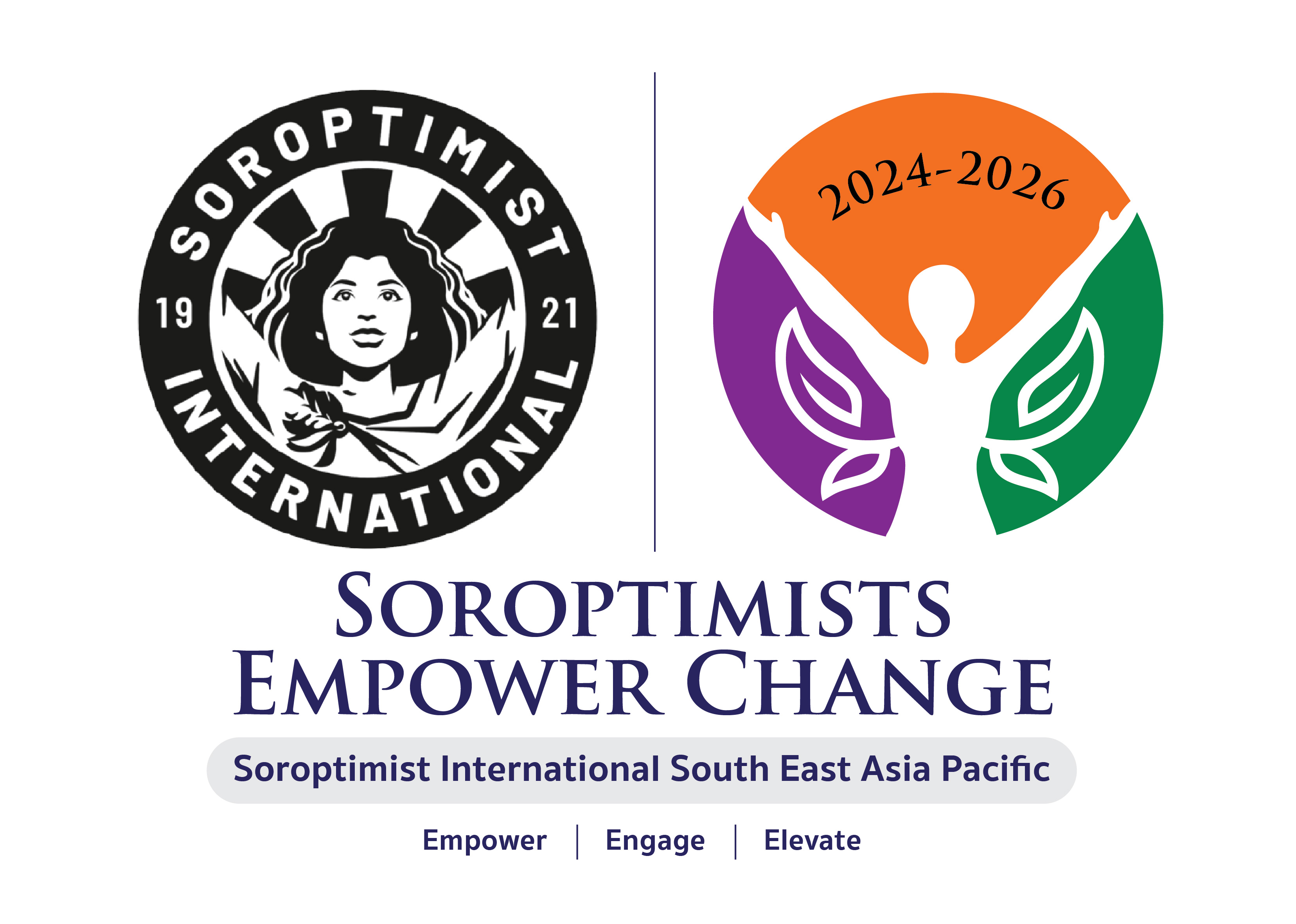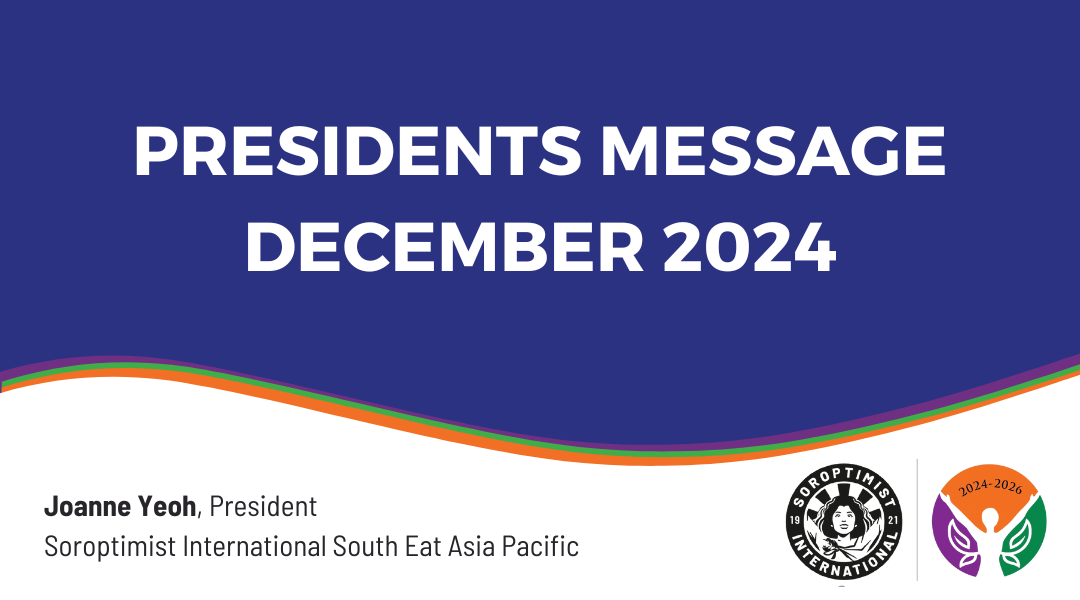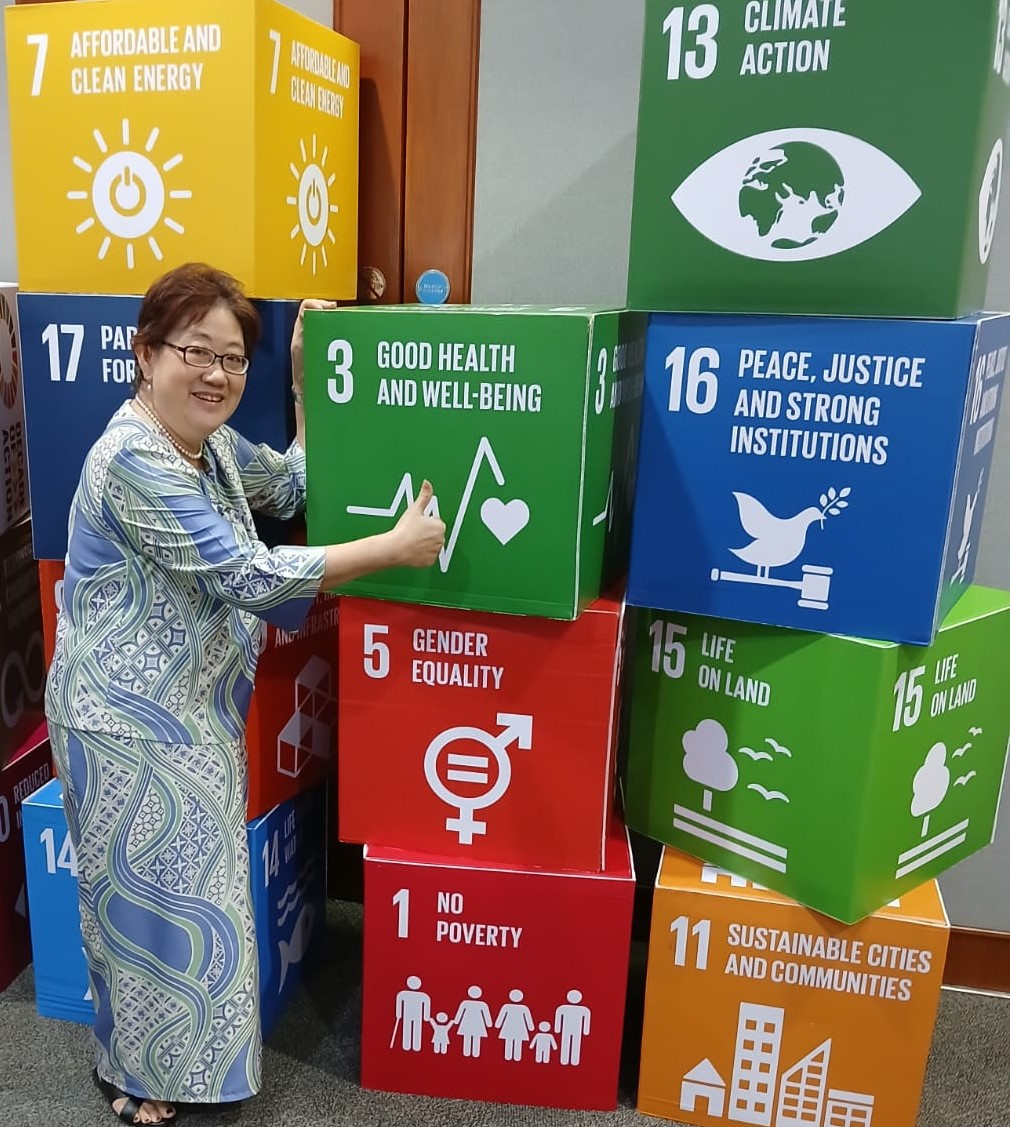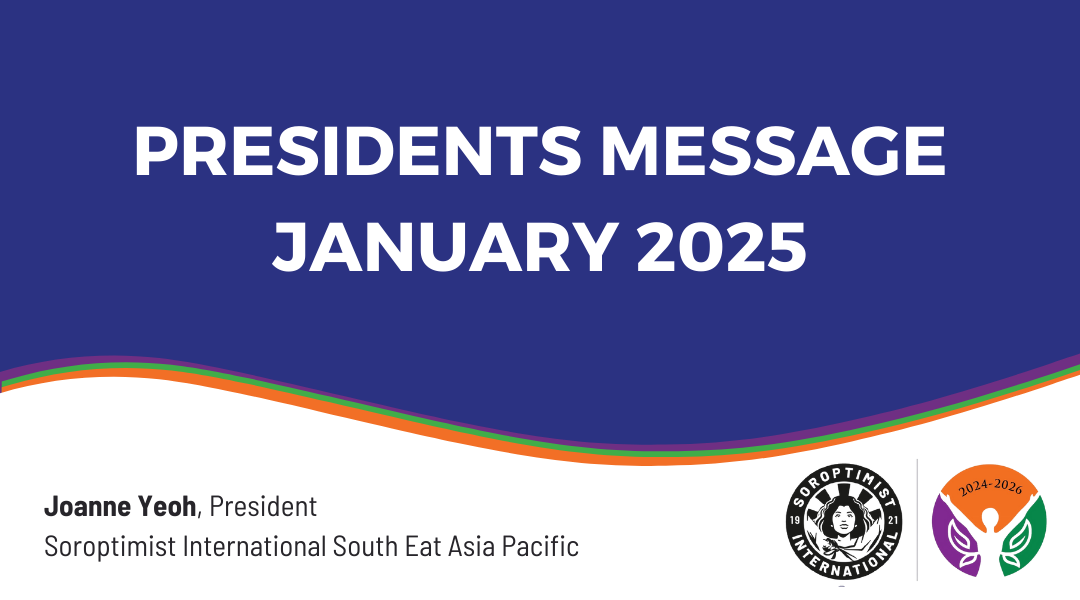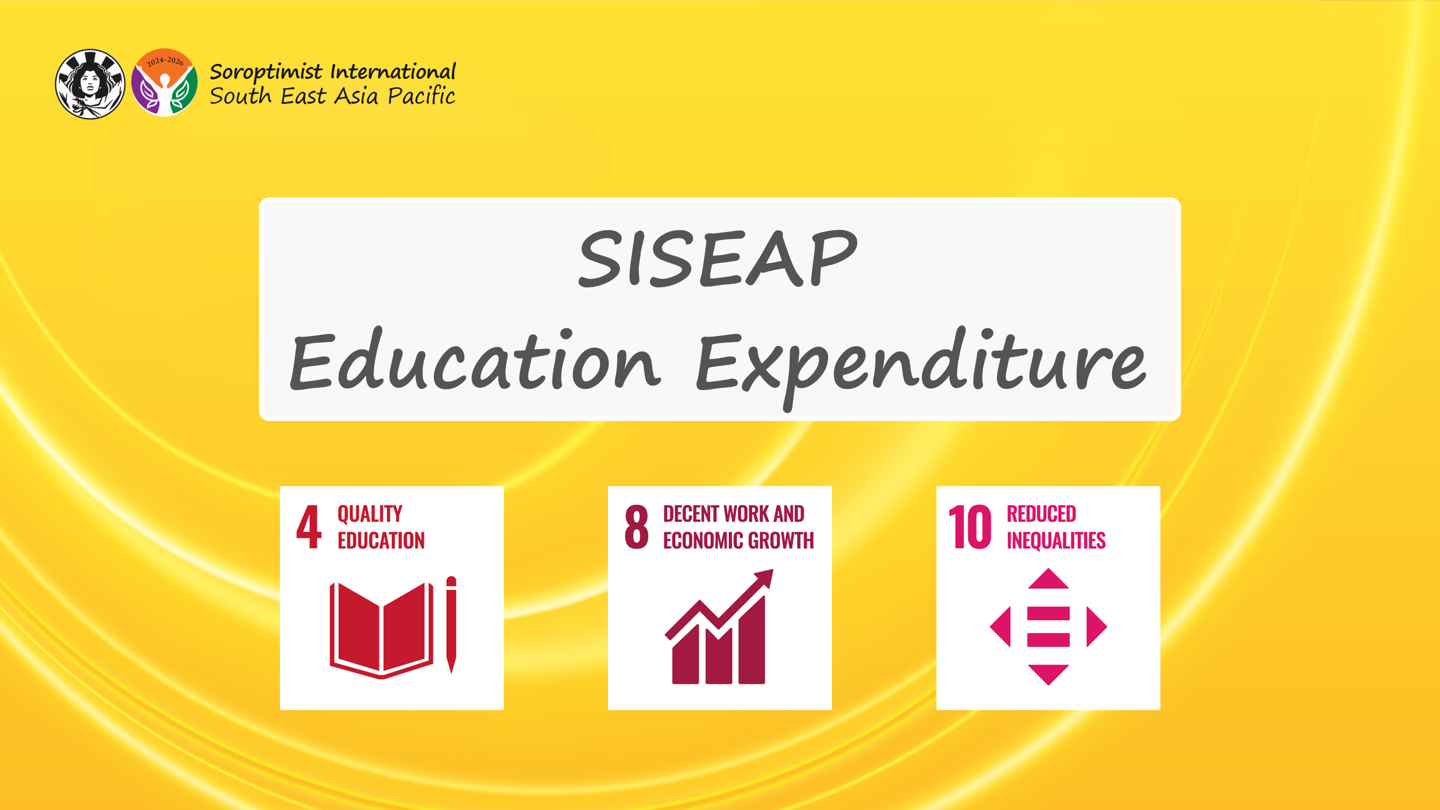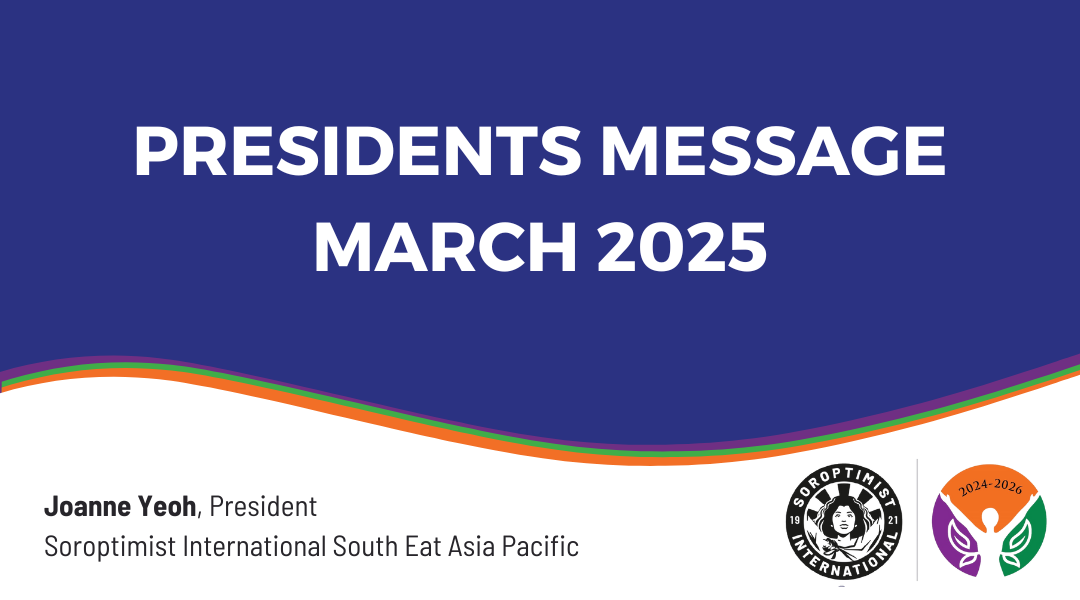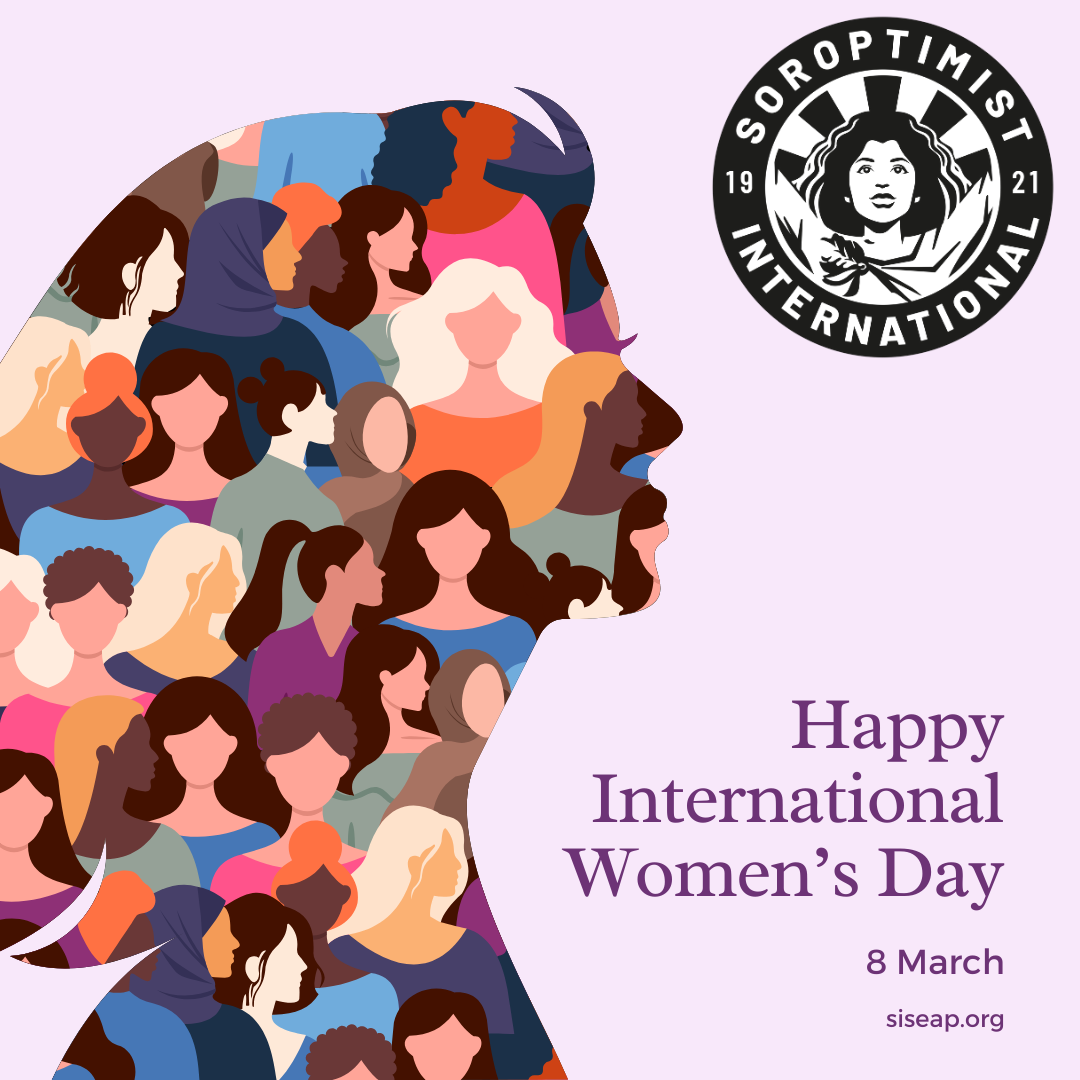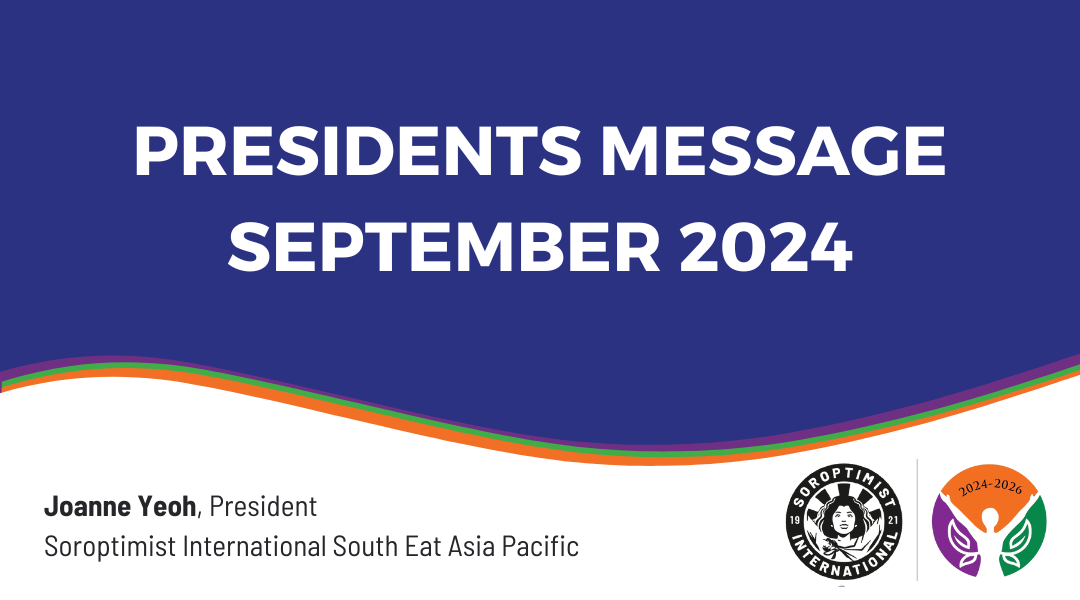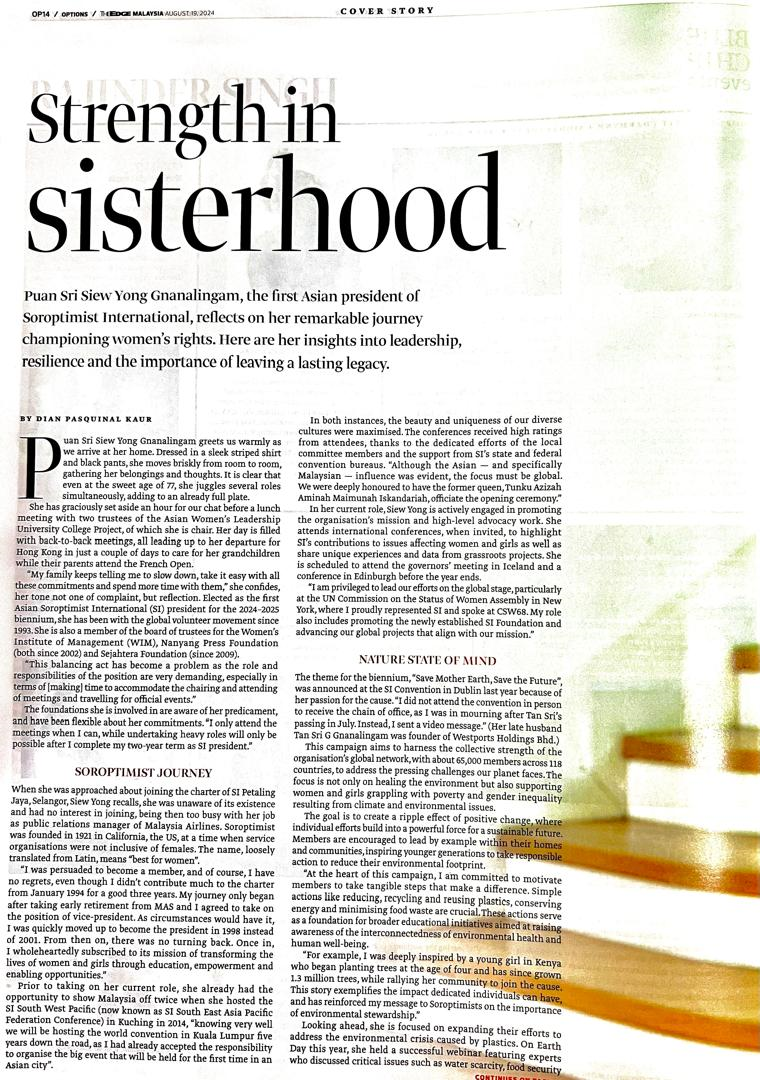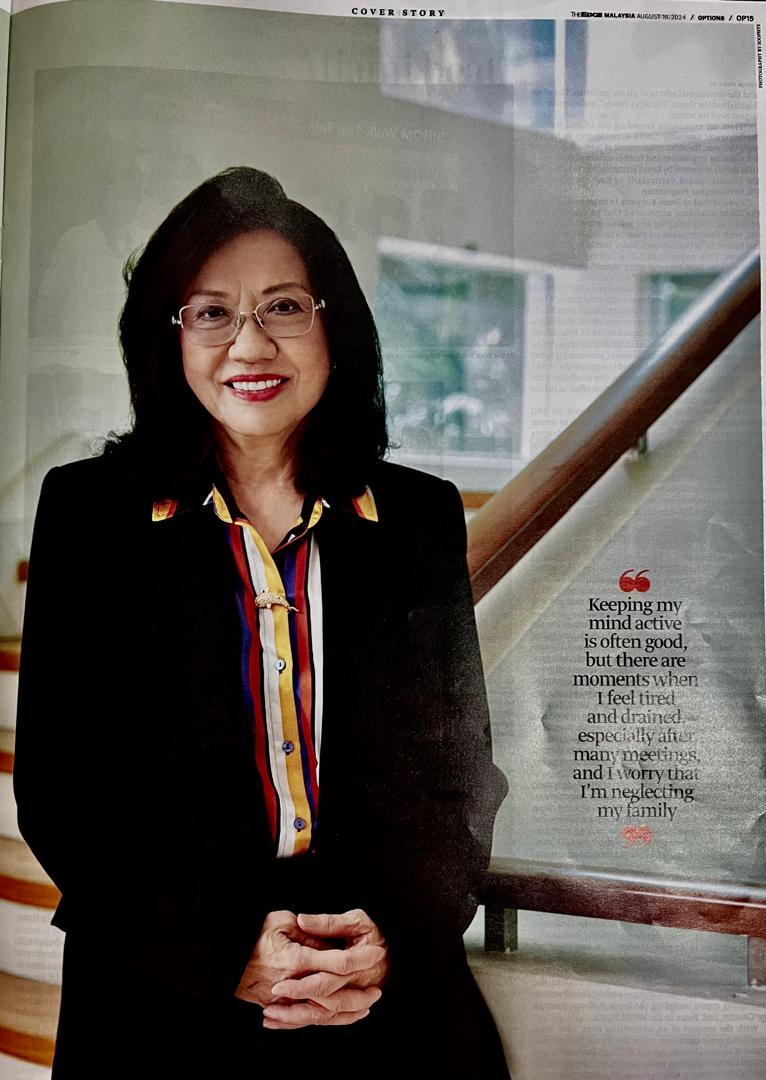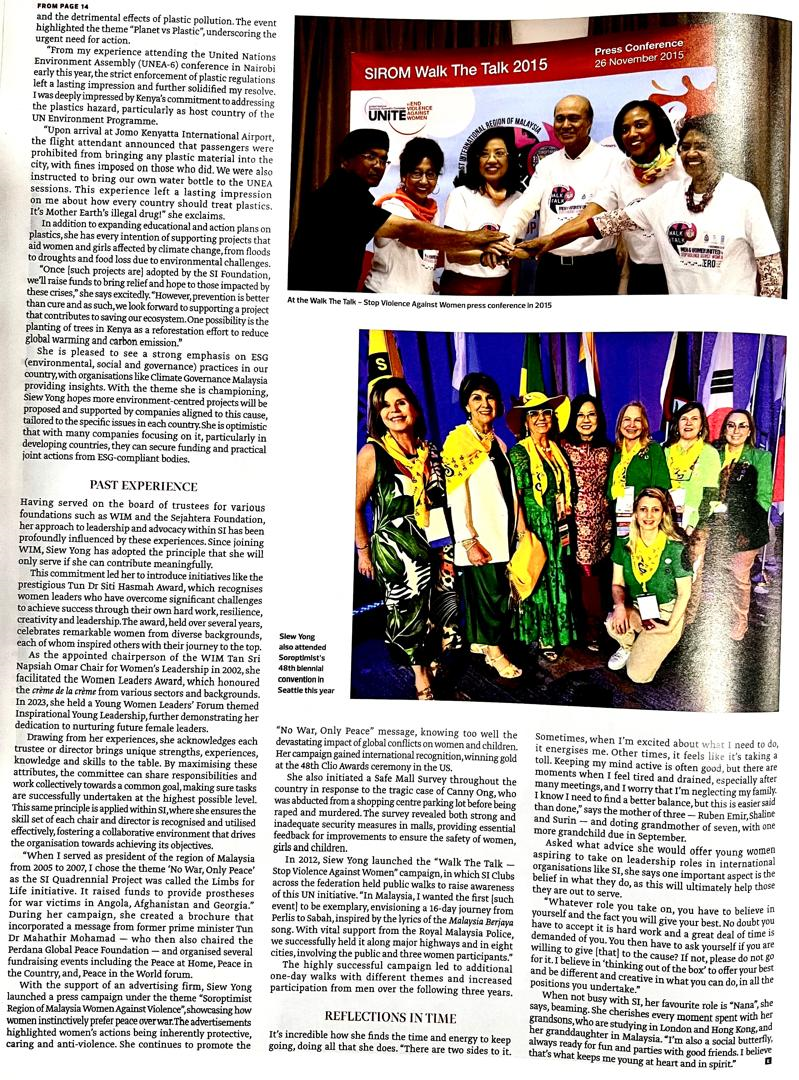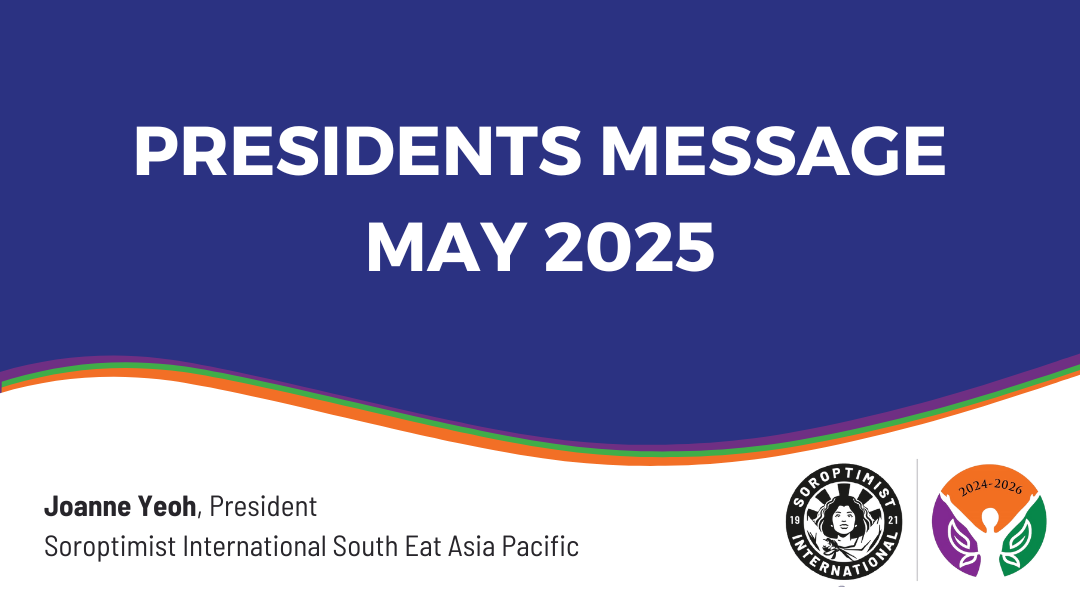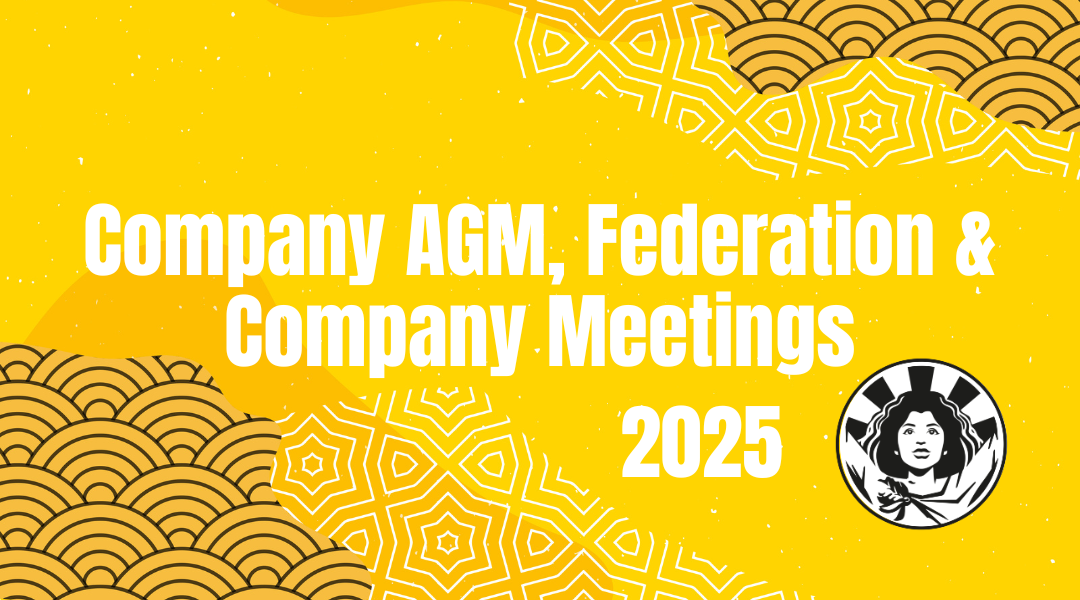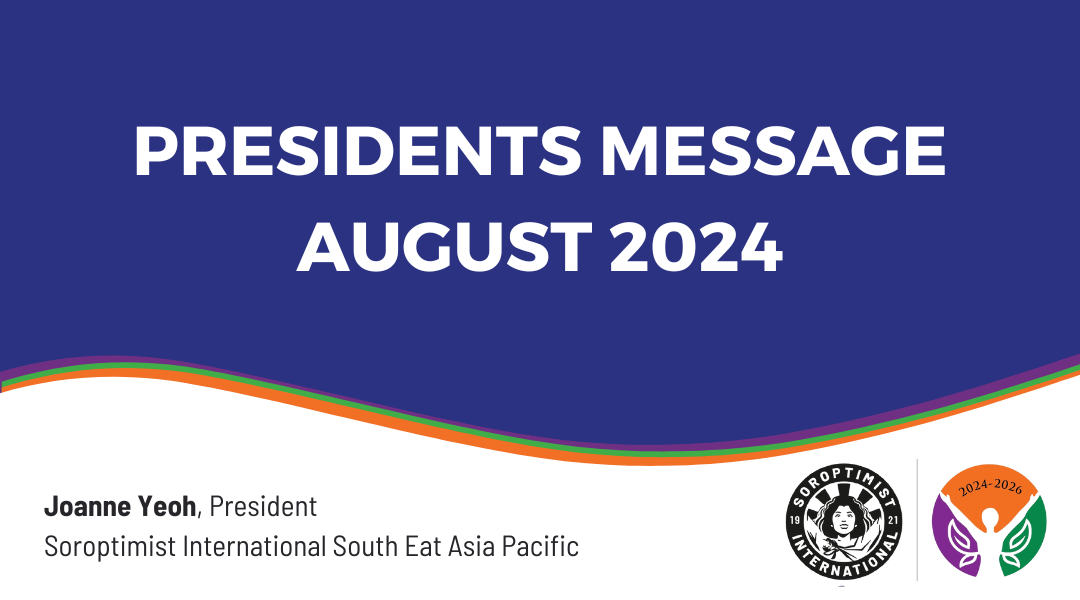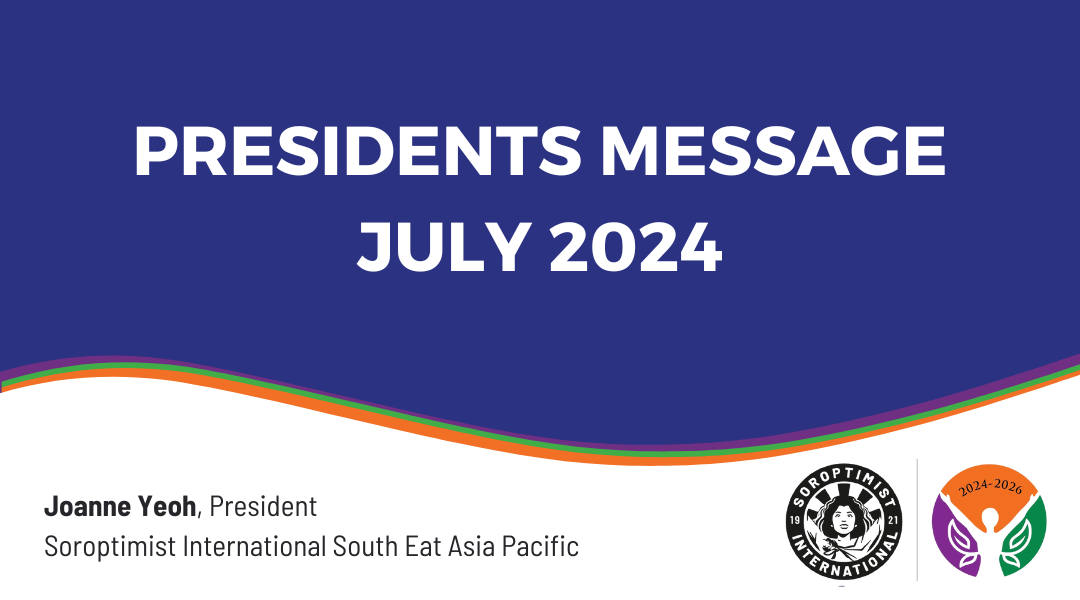I came across an article about Rama, a Syrian woman, who was lured to Lebanon under the pretense of a job opportunity. Upon arrival, she was confined in a derelict house in Jounieh, a city known for its red-light district. There, she and other women were subjected to inhumane conditions, including forced labor and sexual exploitation. The windows were painted black, and they were not allowed to leave the premises. Rama described the experience as being akin to slavery, stating, "We slept where we worked and we couldn’t go out, not even to see the light outside." Her testimony aligns with details obtained independently by The Guardian from security and judicial sources involved in the investigation of the network. The operation enslaved 75 Syrian women over four years before being dismantled by authorities.
Rama's story underscores the vulnerability of displaced women and girls to trafficking and exploitation. UNODC data in recognition of World Day Against Trafficking in Persons (30 July 2025) recorded :
- 69,627 victims of human trafficking were detected globally in 2022 — a 25% increase from 2019 levels (pre-pandemic).
- Women and children remain disproportionately affected:
- Women: 39%
- Girls: 22%
- Boys: 16%
- Children overall: 38% of total cases
Exploitation trends are shifting. Forced labor now accounts for the largest share (42%), overtaking sexual exploitation (36%). Victims are increasingly being trafficked into online fraud, cyber scams, and financial crime. Organized crime: Traffickers are adapting quickly, exploiting migration routes, border vulnerabilities, and digital platforms.
Relevance to World Day Against Trafficking in Persons 2025 (July 30)
The 2025 theme, “Leave No One Behind,” calls for stronger inclusion and protection for the most vulnerable: children, migrants, people with disabilities, Indigenous communities, and conflict-affected populations.
Here are some actionable steps to minimise human trafficking :
- Raise Awareness and Education
- Conduct workshops and campaigns to educate communities about trafficking risks and signs.
- Use social media to spread information on how trafficking operates and how to report it.
- Empower Vulnerable Communities
- Promote economic opportunities and education to reduce vulnerability.
- Ensure accessible shelters, counseling, legal aid, and reintegration programs for survivors.
- Promote Community Vigilance
- Encourage communities to report suspicious activities safely and anonymously.
- Support local watchdog groups and victim hotlines.
Human trafficking is a complex, evolving crime that thrives in the shadows—but together, we have the power to shine a light. Every effort counts, whether it’s educating a neighbor, advocating for stronger laws, or supporting survivors on their path to healing.
Stand informed, stay vigilant, and speak out. Let’s be the change. Let’s end human trafficking—today and every day.



